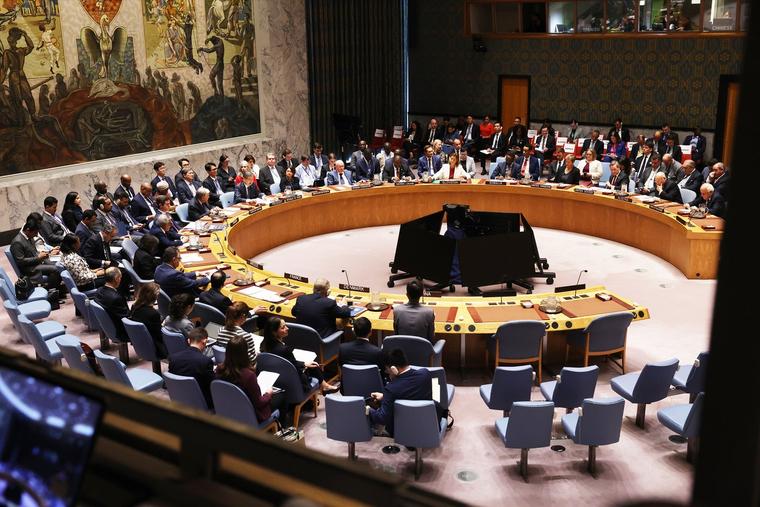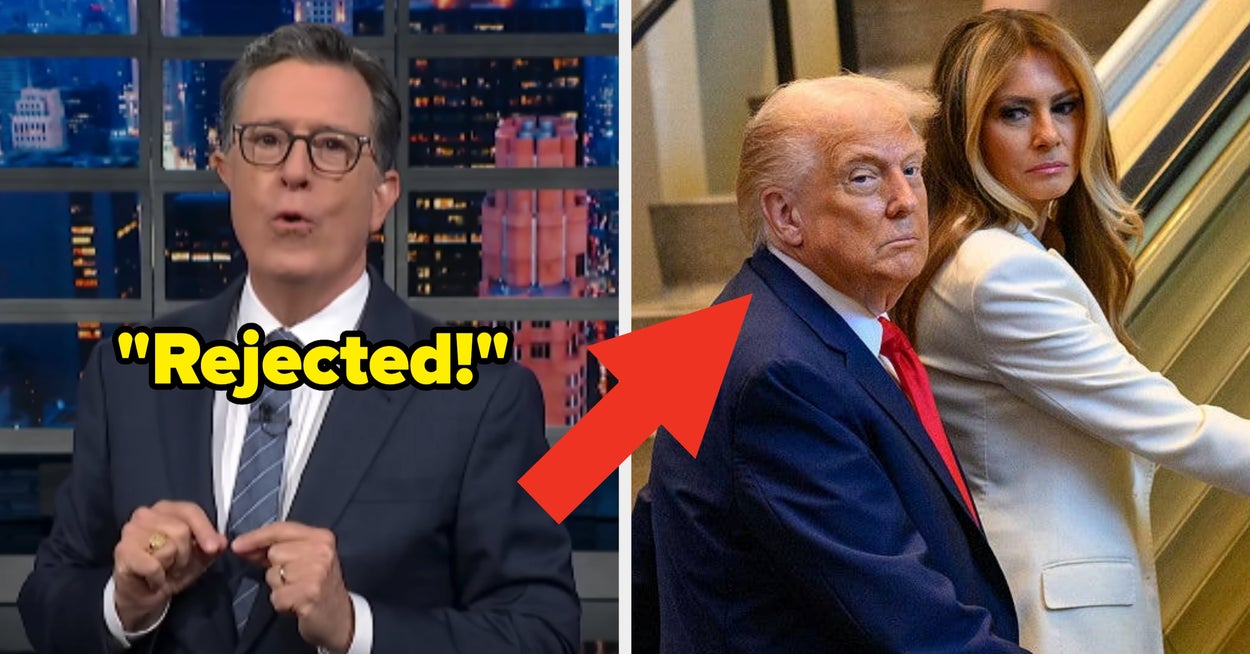By Alberto M. Fernandez
Copyright ncregister

Wars seem easier to start than to end these days. That certainly seems to be the case in Ukraine, Sudan and Gaza. Wars traditionally ended when one side was victorious and imposed its will on the defeated or when one or both sides were exhausted by the conflict.
While the sheer carnage is higher in both the Russia-Ukraine War and the Sudanese Civil War, it is the war in Gaza that captures the globe’s obsessive imagination.
On Sept. 22, the influential Community of Sant’Egidio and a large number of other Italian Catholic associations held a “Peace for Gaza” prayer vigil at the Piazza Santa Maria in Trastevere in Rome. Cardinal Pierbattista Pizzaballa, the Latin Patriarch of Jerusalem, joined them via video link. Pope Leo XIV, at the Sunday Angelus the day before, had blessed the organizations gathered for the vigil, praying that “a dawn of peace and justice may soon arrive.” The Supreme Pontiff renewed past calls for “a ceasefire, the release of hostages, a negotiated diplomatic solution, and full respected international humanitarian law.”
Some Western countries are taking controversial steps to try to advance a peace process that seems moribund. France, the United Kingdom and others announced during the U.N. General Assembly that they officially recognized a state of Palestine — a state with as yet no defined borders. Israel (including the opposition to Prime Minister Benjamin Netanyahu) criticized this, while Hamas celebrated the move as “fruits of October 7th,” the terrorist attack they launched two years ago.
But supporters of France and its partners have pushed back. The plan, they say, “is a calculated effort to strengthen the Palestinian Authority (PA), Hamas’ political rival and Israel’s only remaining Palestinian partner for peace.” How much clout the PA still has — among Palestinians, not just with Israelis — is an open question.
France has also suggested some sort of international peacekeepers for Gaza while stating that Hamas needs to be disarmed and removed from power. Skeptics scoffed that the proposal is a new version of UNIFIL — the ineffective U.N. force in Lebanon that neither prevented war nor disarmed the terrorist group Hezbollah.
Where is the United States in this? President Trump ran in 2024 as the peace candidate and initially launched a furious round of “express peacemaking” across the world in early 2025. There were some successes. Accords between Rwanda and the Democratic Republic of Congo and Armenia and Azerbaijan were inked. Trump overruled some of his advisers and worked to bring a broken, war-torn Syria back into the international community.
The Trump administration even secured the release of more Israeli hostages and a two-month ceasefire in Gaza from Jan. 19 to March 18 before the tenuous pause collapsed into more war. But since then, the United States has come up against a bitter reality: Neither of the belligerents in Gaza is yet ready for a definitive peace. They are both constantly maneuvering for victory and for advantage. And both the current Israeli government and the Hamas terrorists have bitter domestic rivals as well.
Hamas has been battered but survives in the rubble by just hanging on and using the lives of its Israeli hostages and the people of Gaza as bargaining chips. The group has brutally repressed any Palestinian opponents on the ground in Gaza. Meanwhile, the very real suffering of the Gazans continues to be a powerful propaganda tool for the cause, a daily club to use against Israel. The preferred outcome for Hamas is a return to the status quo ante Oct. 7, where it still rules in Gaza, rebuilds for the next round of conflict and tries to expand into the West Bank. This is precisely the outcome Israel seeks to avoid.
Hamas this week sent a letter directly to Trump offering to release half the hostages in return for a new two-month ceasefire — a partial agreement similar to the one that collapsed in March.
Israel has been wildly successful on the battlefield during the almost two-year Hamas War, the longest hot war in Israeli history, and has crippled the offensive capacity of its enemies in Iran, Lebanon, Yemen and Gaza.
But the Hamas invasion of October 2023 has led to support for a two-state solution — and for a peace process with the Palestinians — collapsing among the Israeli public. At the same time, while Hamas and its supporters have been repeatedly defeated in kinetic operations, the Palestine (and anti-Israel and often antisemitic) cause has boomed like never before in the West, including in the United States. Israel, which was attacked by Hamas, is demonized as the aggressor and feels increasingly alone, aside from the current American administration.
Some pessimistic Israelis believe that the Netanyahu government intends to continue the war in Gaza indefinitely, thereby keeping the pressure not only on the Gazans but on Hamas until Israel’s demands are met — release of all the hostages, destruction of Hamas, and the end of Hamas rule in Gaza. Beyond that, everything else — the larger questions of rebuilding Gaza, who rules it, Israel’s relations with other states, what sort of peace process, if any, remains, all seem elusive.
Those with plans — the Europeans — have zero power and, not surprisingly, have zero trust from Israel. Those with power have no plan aside from winning.
Winning what exactly is not clear. As with Ukraine and Sudan, victory continues to be an irresistible temptation, and peace a vague and elastic notion.



